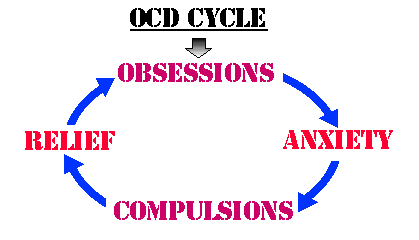Using Mindfulness as a Tool to Build Self-Confidence

Mindfulness is one of the best ways to develop true self confidence. I’m talking about being self confident versus acting self confident. I’ve seen a lot of seminars that will teach you how to behave “as if” you are self confident but ignore developing the inner qualities that project the true energy of self confidence. We can sense when someone has this self confidence and when they are just pretending….and it has nothing to do with behavior. The dictionary defines self confidence as “A feeling of trust in one’s abilities, qualities, and judgment. “ Let’s examine how we can develop this quality and what role meditation can play in helping us develop it.
I have discovered through my own mindfulness meditation practice that my self confidence has increased. I notice that there is a direct relationship between my fear levels and my self confidence. In order to truly have a feeling of trust in one’s abilities, qualities, and judgment one must have the level of self awareness that informs us that there is nothing to fear. Once that lens of fear is removed we are able to see clearly and function at levels of competence that put us in a peak performance mode. Our energy increases and our ability to put that energy to good use is magnified as our fear levels go down resulting in a natural rise in self confidence.
Mindfulness has been my greatest tool for reducing fear and there have been a number of studies published around this subject that come to the same conclusion. The relationship of mindfulness meditation to stress reduction has been well documented and since fear exists as the predominant experience in stress it makes perfect sense that mindfulness is a very effective tool in lowering fear and thereby raising self confidence.
In conclusion it is important to briefly discuss the concept of human potential. When the fear goes away what is left? What is the true nature of the human experience? Human nature is a multi faceted thing. Once we tip the scales away from fear we have the capacity to bring out all of the positive qualities such as kindness, compassion, gratitude, love, connection, forgiveness and so forth. When we experience these qualities and express them outwardly we are embracing true self confidence which flows naturally and effortlessly from within. Our potential to move in this direction is always present. All we have to do is cultivate it and it will continue to unfold.
Using Mindfulness as a Tool to Build Self-Confidence Read More »








